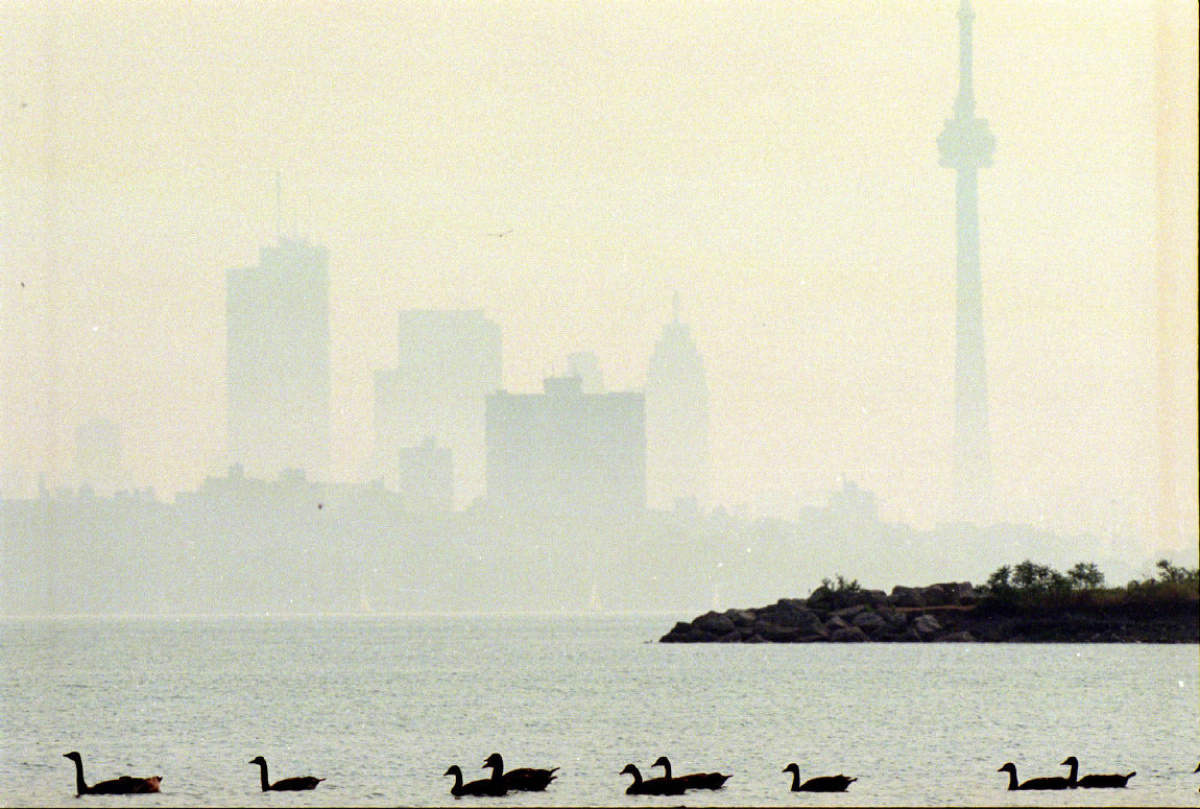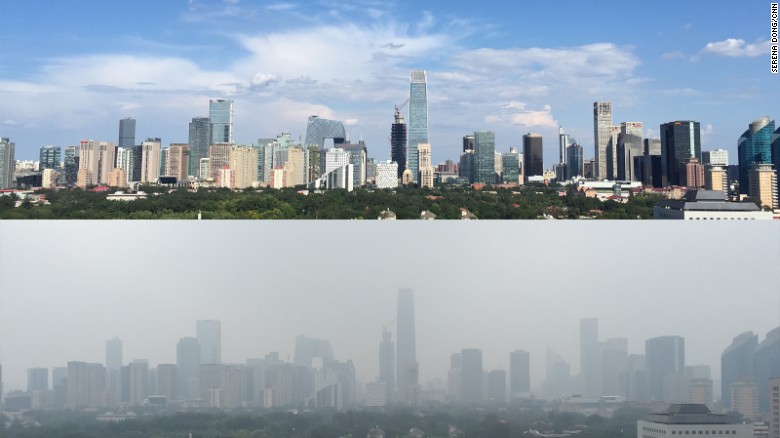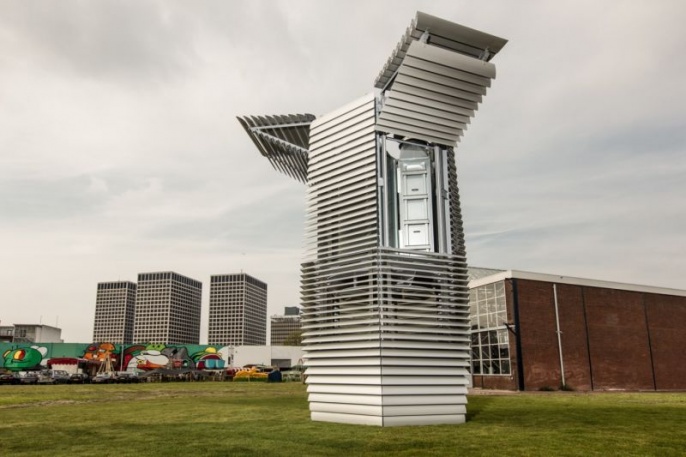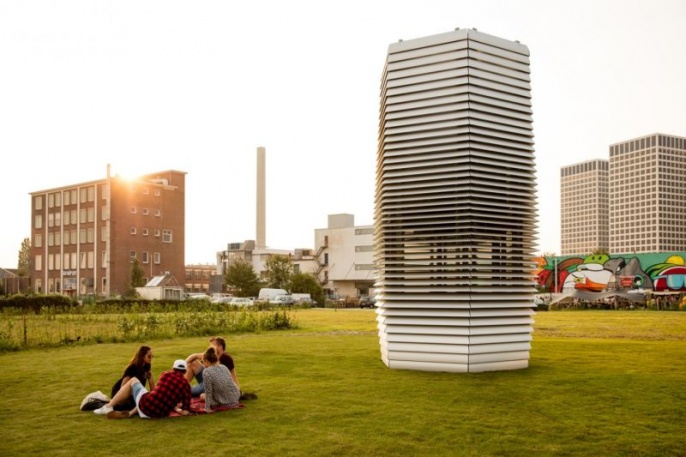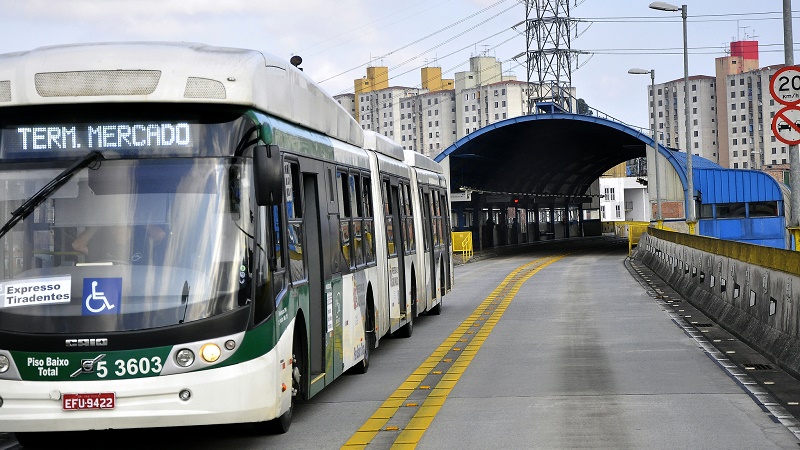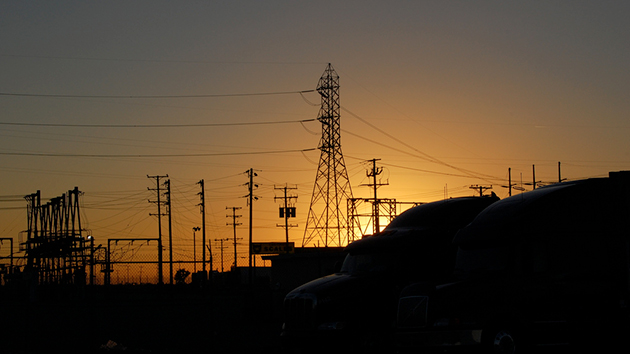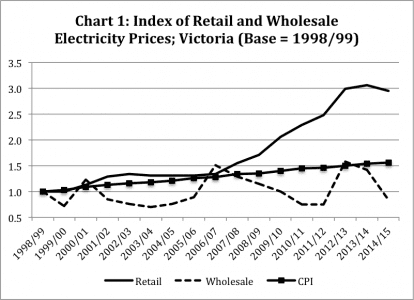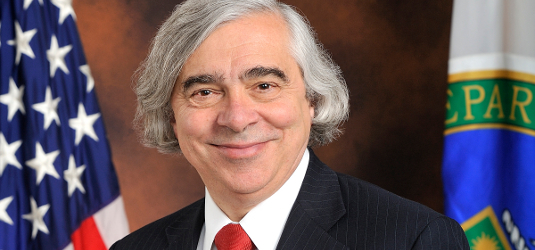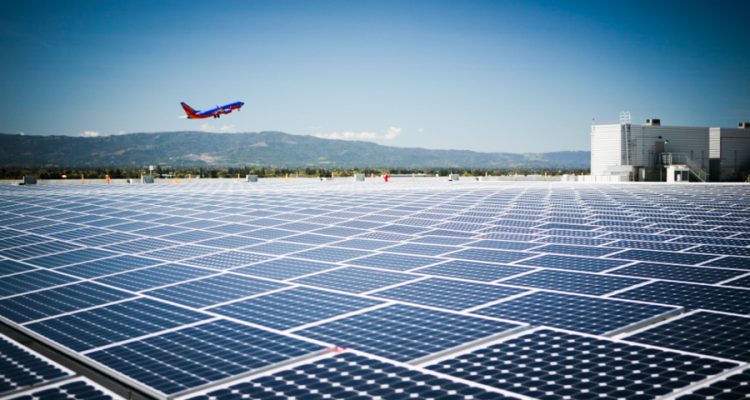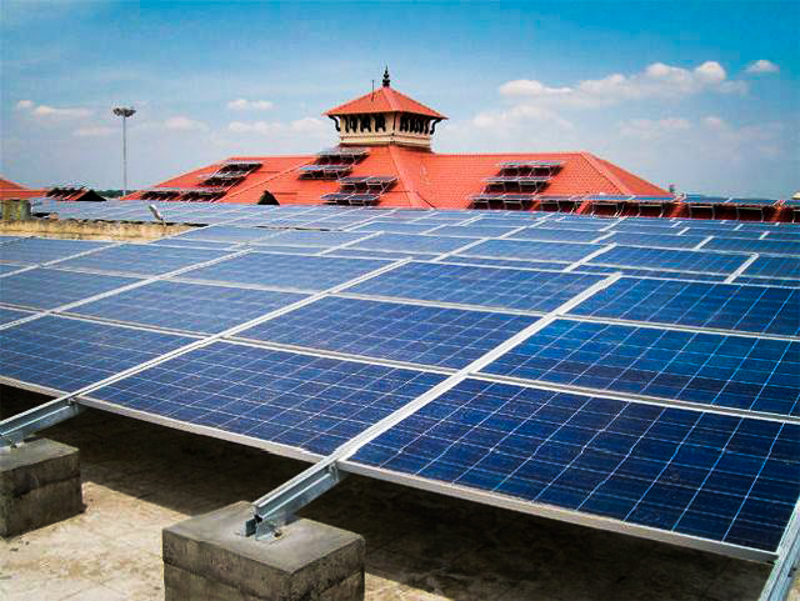Breathe in. Do you taste that? No?
Exactly.
The summer of 2014 has been a tentative triumph for GTA air quality. With the season’s end in sight, no smog advisories have been issued for the city so far – or anywhere else in Ontario, for that matter.
A new University of Toronto-led study helps explain why. The authors demonstrate remarkable improvements in regional air pollution since 2000. But that success is also a tentative one.
The good news: concentrations of volatile organic compounds (VOCs) and nitrogen oxides, two precursor pollutants for smog, are trending downwards. The bad news: ozone, another smog component, persists at levels that violate Canada-wide standards. And while improved air quality has already translated into meaningful public health gains, this summer our lungs were probably saved by cool temperatures, an increasingly less likely scenario thanks to global climate change.
“We think that we are just reaching the point where we are going to start seeing improvements as a result of decreasing emissions, but the wild card is always the weather,” says Jennifer Murphy, an atmospheric chemist at U of T and the study’s lead author.
Smog is the result of a complicated reaction between VOCs and nitrogen oxides, emitted primarily by cars and trucks, and sunlight. They combine to form ground-level ozone, a secondary pollutant.
According to the U of T study, levels of both have declined precipitously since 2000. So if the precursor chemical components for ozone have decreased, why hasn’t ozone itself?
“That’s the frustrating and complicated thing,” says Murphy. Because of the nature of the reactions involved, “it’s not as though if you cut the ingredients in half, you get a cake that is half as big.” We are emitting fewer primary pollutants than before, but they are reacting in the atmosphere more quickly, so ozone levels have not yet turned the corner.
Murphy believes they soon will. But weather can trump everything. The years from 2008 to 2011 had consistently lower ozone levels than in previous years, but 2012, a hot and dry year, had some of the highest summertime ozone concentrations recorded and eight smog advisories.
“Even though we’ve improved the chemistry so much, if we had another hot summer, then we would still expect to have these problems. You can’t just have one summer with bad weather and say there’s no smog in Toronto anymore,” says Murphy.
Experts credit the closure of coal-fired power plants and initiatives like Drive Clean with reductions of primary pollutants.
“It does go to show a lot of the policy changes that have taken place to help with that (are working),” says Gabriella Kalapos, executive director of the Clean Air Partnership.
But Kalapos warns against complacency because of the steep health costs of bad air. In 2004, there were 1,700 premature deaths and 6,000 hospitalizations in Toronto as a result of poor air quality. This year, those numbers dropped to 1,300 and 3,550, respectively.
“It’s very good, but the numbers are still high,” says Monica Campbell, director of healthy public policy with Toronto Public Health.
Smog advisories have been issued as late as October, so it’s not time to start celebrating quite yet.


